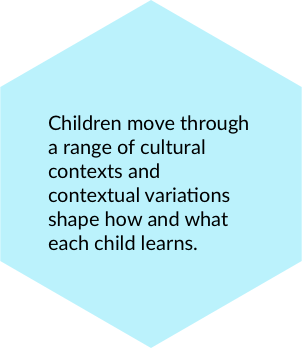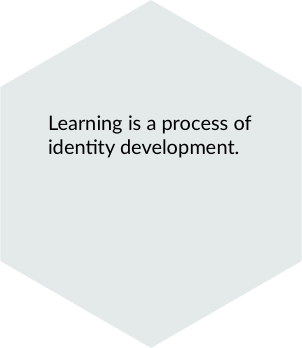
Children are curious. Whether wondering where the water goes when it rains or asking how a toy car works, their questions and enthusiasm can set the stage for learning almost from infancy. Ths curiousity has sparked a major rethinking of how and when children are introduced to science and engineering in school.

Every child has the right to experience the wonders of the natural and designed worlds. Children bring joy to their explorations and they deserve to have that joy nurtured.

Educators now realize that the years from preschool through the elementary grades offer the opportunity for children to be better prepared for these subjects in middle school and high school, giving them access to possible careers in science and engineering

Helping children to understand science and to solve real-world engineering and design problems will support them in being informed decision-makers about issues that matter in their lives and allow them to experience the wonders of the natural and designed worlds.








